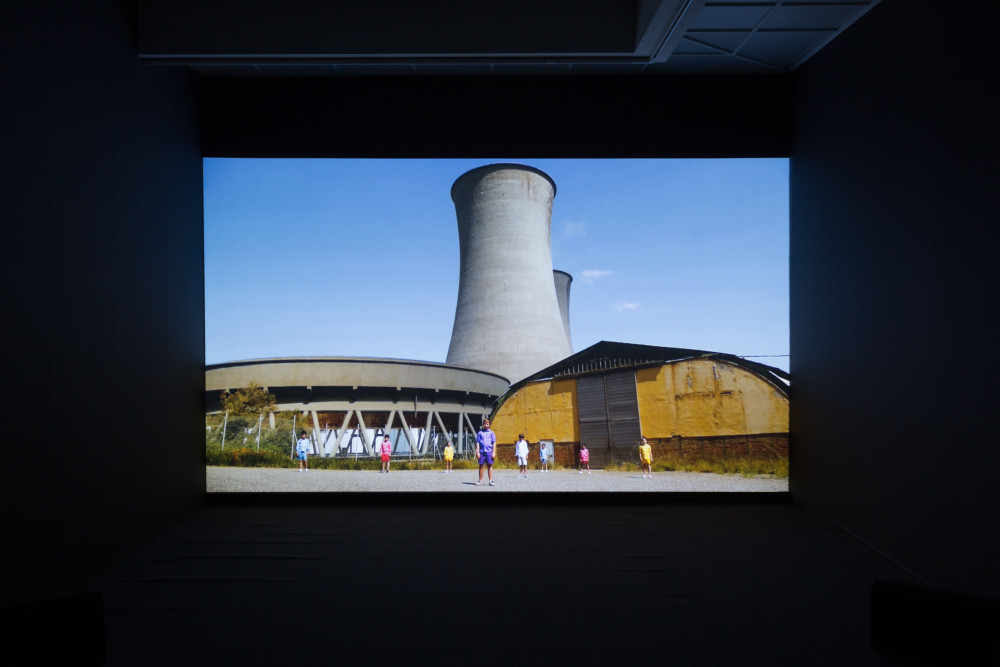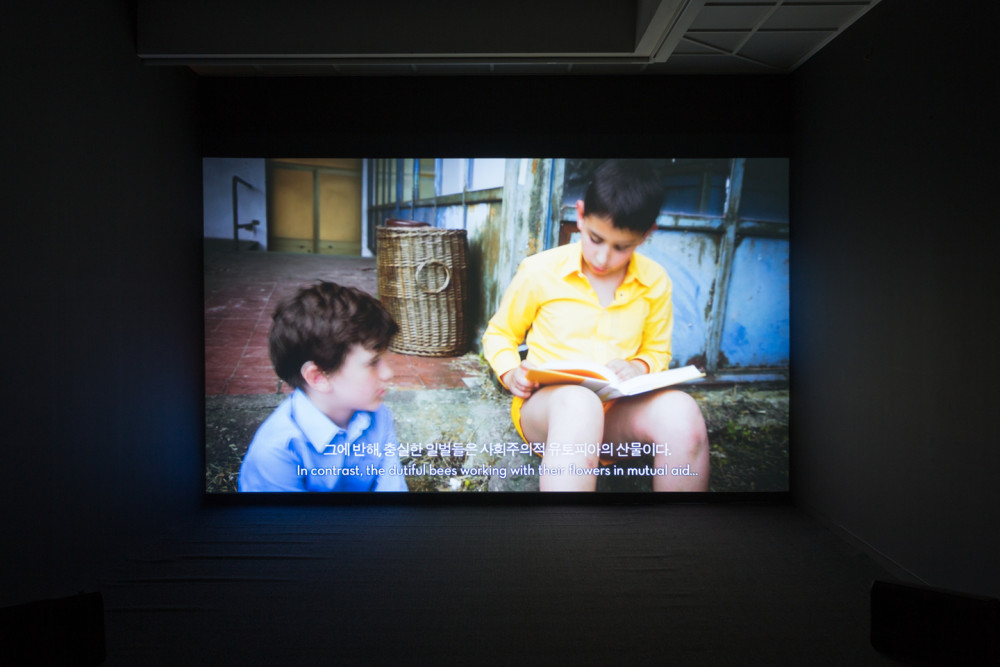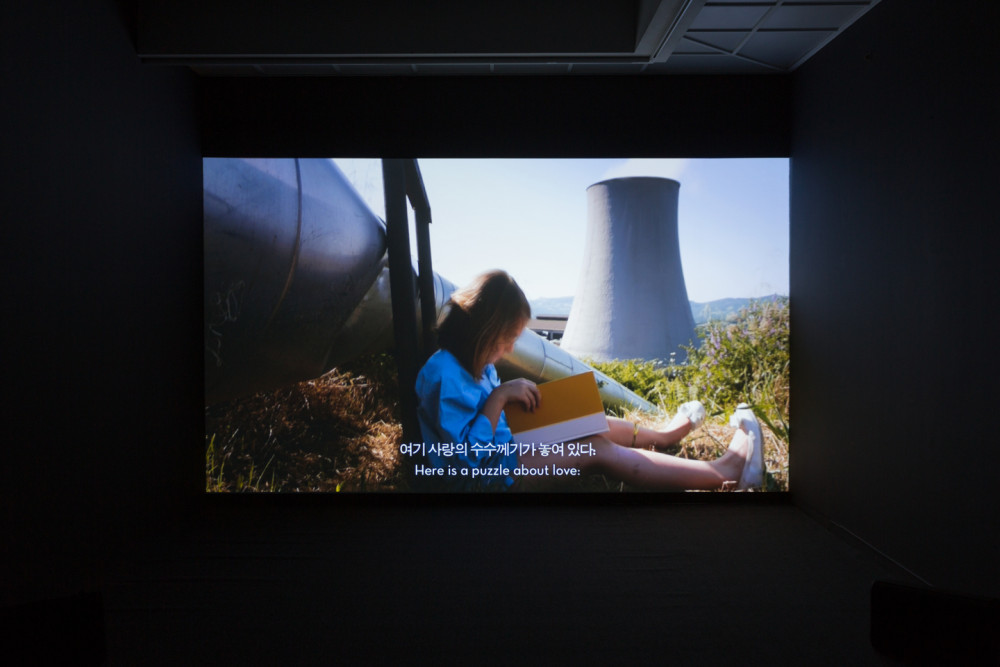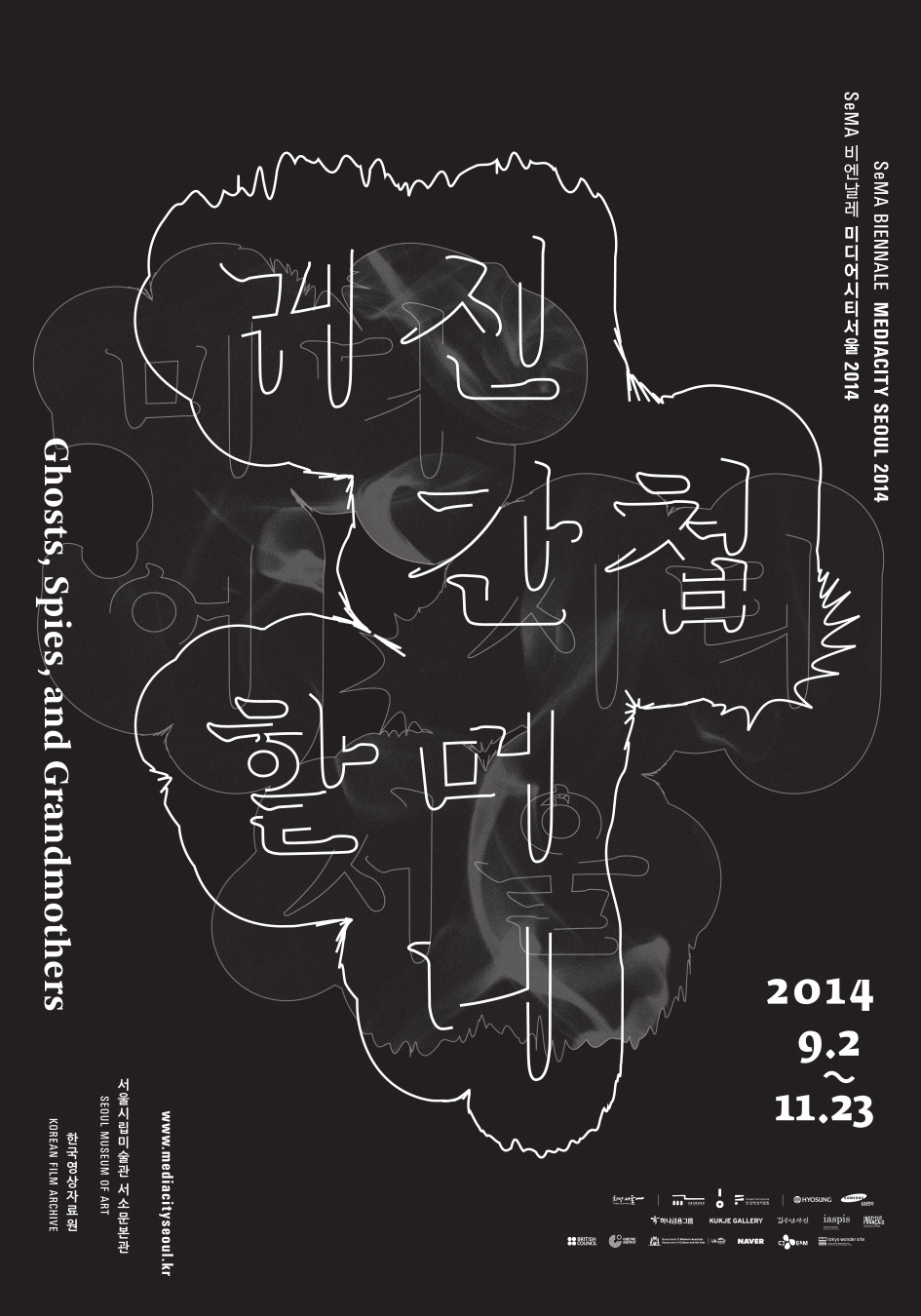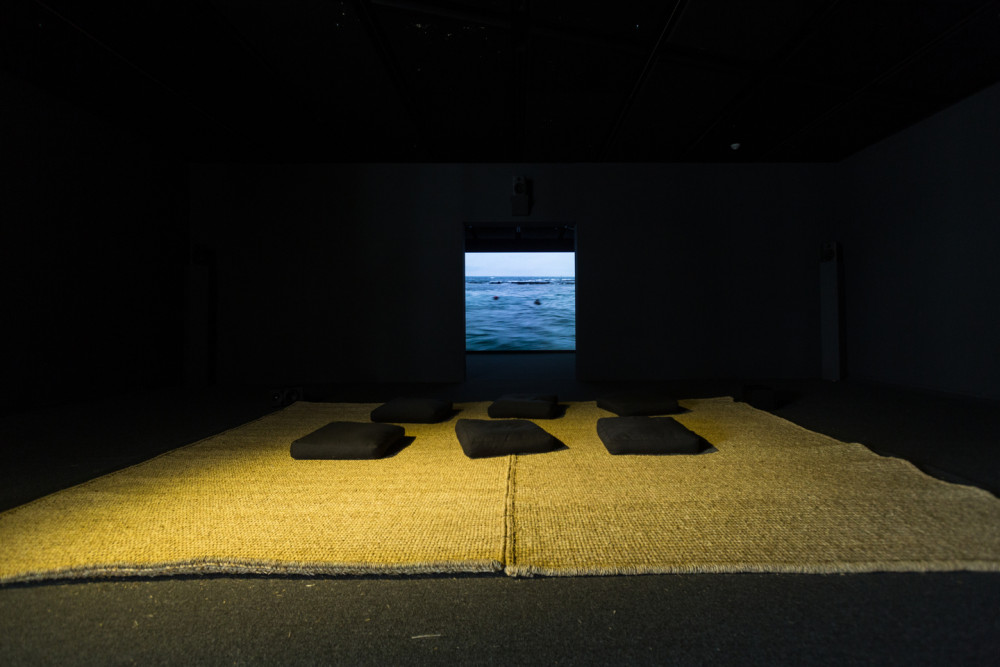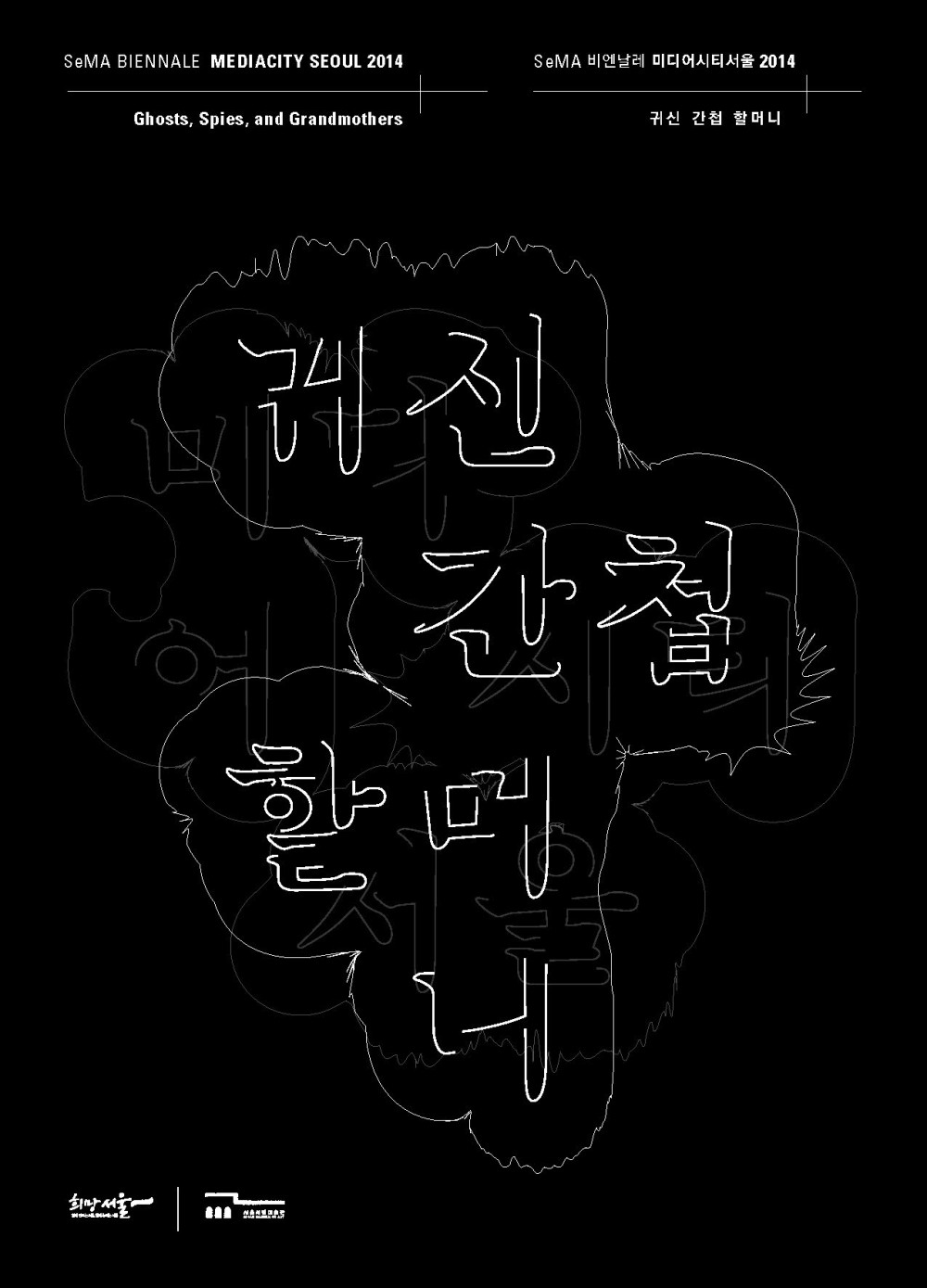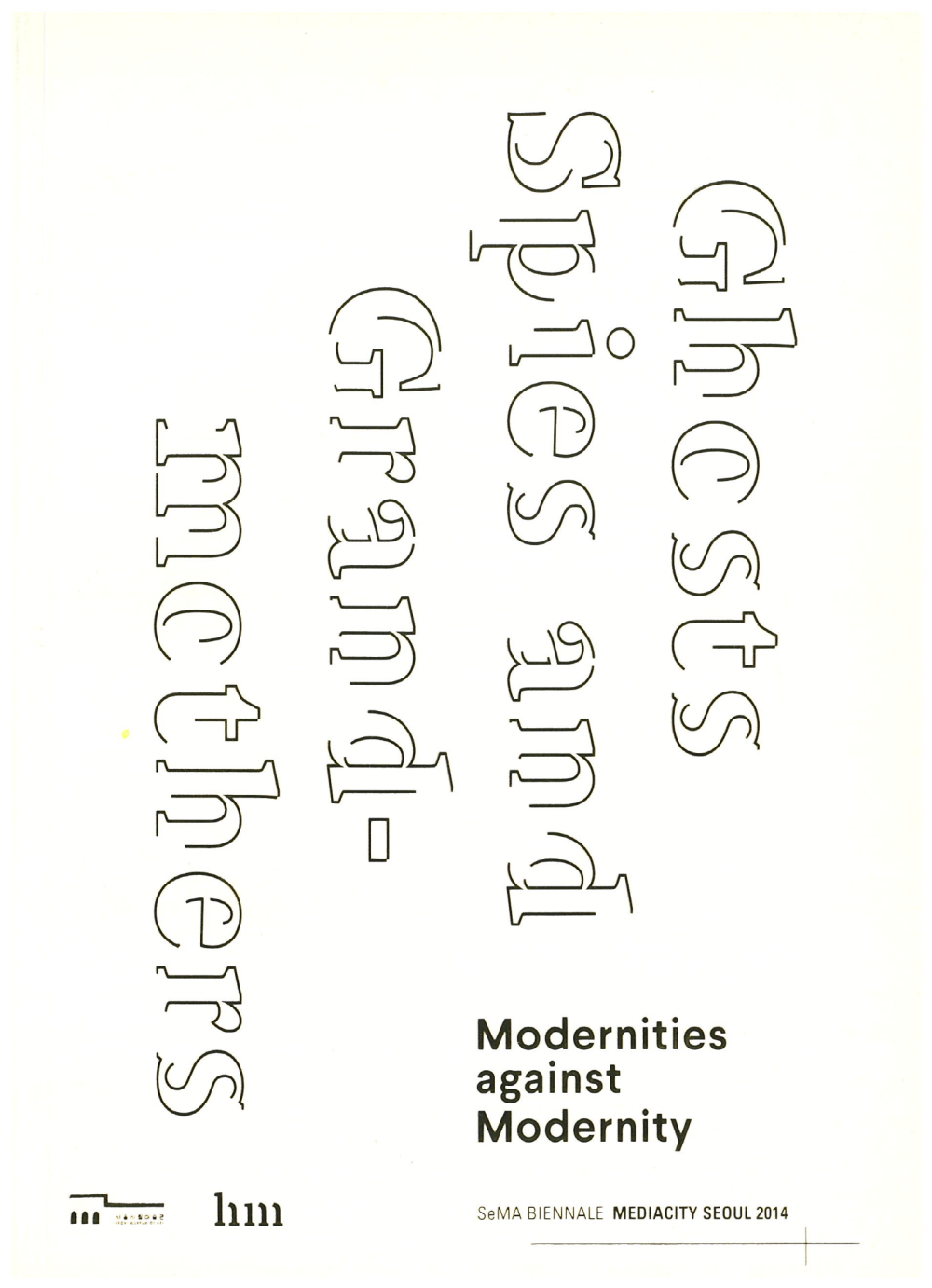
Mikhail Karikis’s film Children of Unquiet takes place within the intricate natural, historical and socio-economic context of the geothermal area of the Devil’s Valley in Tuscany, Italy. Legendary for inspiring the descriptions of Hell in Dante’s famous poem Inferno, this is also the location where sustainable energy production was invented a century ago and the world’s first geothermal power station was built. Until recently, five thousand workers and their families lived there in iconic modernist industrial villages, but following the introduction of automated technologies in the power plant, unemployment increased and prospects for the young became limited resulting in the rapid depopulation or abandonment of entire villages. In Children of Unquiet, Karikis collaborated with the children of the remaining families living in the area around the geothermal power plant to create a film that orchestrates a children’s “takeover” of a deserted workers’ village and its adjacent industrial and natural locations. The film features youngsters of five to twelve years of age who seize the depopulated sites by transforming the scorching vaporous wasteland into a playground: gathering among the ruins to read about love and the industriousness of bees: and coming together to sing with the Earth by imitating the roaring geothermal sounds of geysers, the incessant hum of the power plant and the unremitting hiss of steam erupting from the ground-sounds that form the soundscape of their childhood. Children of Unquiet unleashes new potential out of the ruins of a desolate postindustrial site. A children’s “take-over” of the site, their play and song, and their playful interventions generate the opportunity for individual and communal expression, asserting the younger generation’s connection with the place of their childhood. Karikis’s work challenges narratives of a failed human project and obligatory migration, evoking different possible, desired or imagined futures. [Mikhail Karikis]
